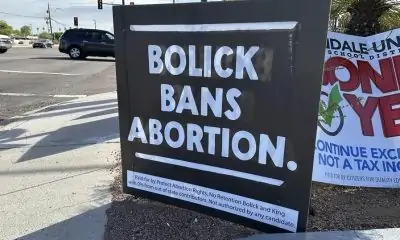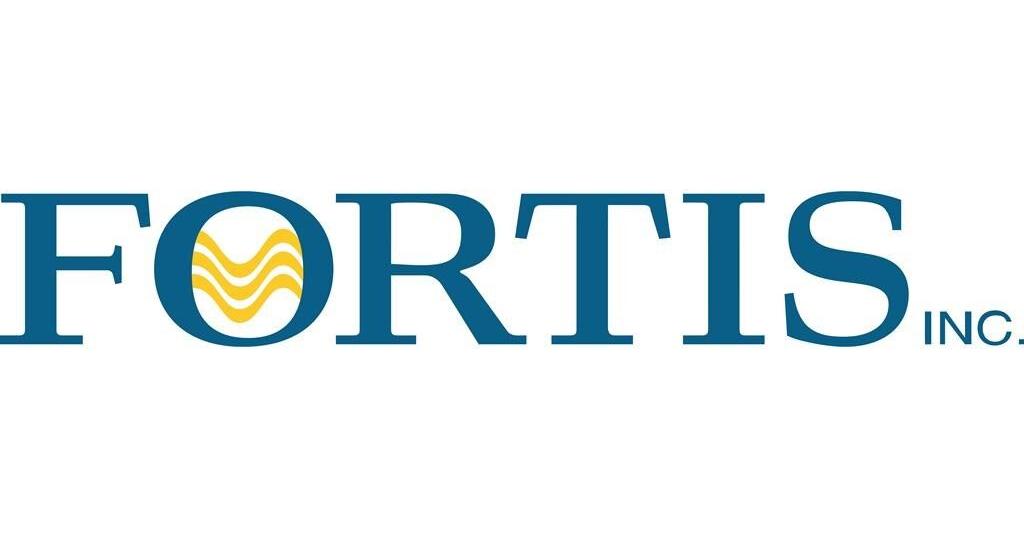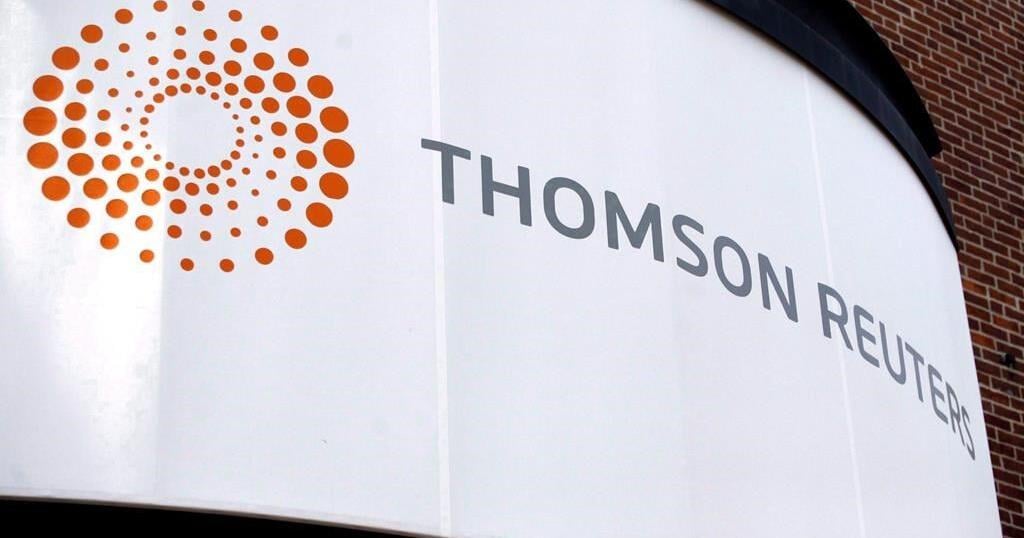A well-written cover letter, which is non-negotiable if you’re a serious job hunter, starts with your header and a greeting an actual person.
Most job postings don’t indicate a name to whom you send your resume. Application instructions are usually along the lines of clicking on an ‘Apply Now’ button or a website link. Ever-increasingly rare: “Please email your resume and cover letter to Gia at hr@tonyspizza.ca.”
Personally, I think employers purposefully omit the hiring manager’s name/contact information. They want to see which candidates have the hunger and ingenuity to find the hiring manager or department head’s name, office address and contact information. With the Internet, especially LinkedIn, you don’t require Sherlock Holmes investigative abilities to locate such information. Therefore, not doing so shows laziness and is an easy way to have applicants self-select themselves.
A clear signal of an employer wanting to have candidates self-select is when the posting mentions to whom the role reports to (Reporting to Chief Revenue Officer). This is an indicator to see which applicants will make the effort to find the person’s name/contact information and reach out to who may be their future boss.
Look at hiring from the employer’s view. Say a nation-wide furniture retailer posts on LinkedIn, Indeed and Glassdoor a Merchandise Planner position. The posting instructs applicants to apply on the company’s website. Conservatively, given today’s job market, this posting will attract between 400 to 600 applicants. What percentage of applicants do you figure will include a well-written cover letter, even if instructed to do so?
Sadly, lazy job searching is common and what clogs up employers hiring pipelines.
As I’ve mentioned in previous columns, but worth repeating, you need to maximize your job-hunting activities by making sure you’re stacking the odds of getting a “yes” to move forward in the hiring process in your favour.
There have been times when I posted a job online, instructing to apply through the company’s website, and received around 400 applicants. Those applicants who reached out to me got my attention, and I gave their resumes a serious read. Unless detrimentally unqualified, those who reached out to me got an interview invitation — they’d demonstrated initiative, which I value in an employee. I wouldn’t be hazarding a guess if I stated, “Employers like to see initiative.”
With the above, the head-scratcher is I always mention my name and job title in my job postings, yet still few contact me directly which makes my which applicants to invite for an interview decision much more manageable.
NOTE: Always follow the employer’s application instructions. After having applied accordingly, then reach out to the hiring manager. In your cover letter, indicate you’ve applied (I applied to the Principal Technical Analyst position posted on Glassdoor. This role speaks directly to my skill set and experience. I hope to be part of the hiring process, thus why I’m reaching out to you directly.) and then move into your cover letter.
You want your cover letter’s heading/greeting to be:
[Date]
Ms. Betty Cooper
Vice President Marketing
Gringotts Wizarding Bank
4305 Pine Street
Breton, AB T0C 0P0
Re: Customer Service Representative Opening [Ref. ID: CS300-Breton]
Dear Ms. Cooper:
Finding the hiring manager or department head’s name, office address, and contact information is usually simply a matter of entering the company name and some keywords (Acme Inc., head of operations, sales) into the search bar of LinkedIn (start here). Then, after you’ve tried Google, try various search engines such as Yahoo, Bing, DuckDuckGo and Ask.com. Respective search engines use different search algorithms; therefore, a search of “Adrian Dobrow, Director of Finance, MomCorp” on Yahoo will yield different results than Ask.com.
TIP: When emailing your resume, your cover letter needs to be in the body of your email, not as an attachment. The purpose of your cover letter is to get the reader to read your resume. Having your cover letter in your email body will significantly increase the odds that your cover letter being read and giving it a chance to do its job.
Next week I move onto how to craft the first paragraph (introduction) of your cover letter by grabbing the reader’s attention with 2 – 3 of your top achievements.
_____________________________________________________________
Nick Kossovan, a well-seasoned veteran of the corporate landscape, offers advice on searching for a job. You can send him your questions at artoffindingwork@gmail.com.
Related


































